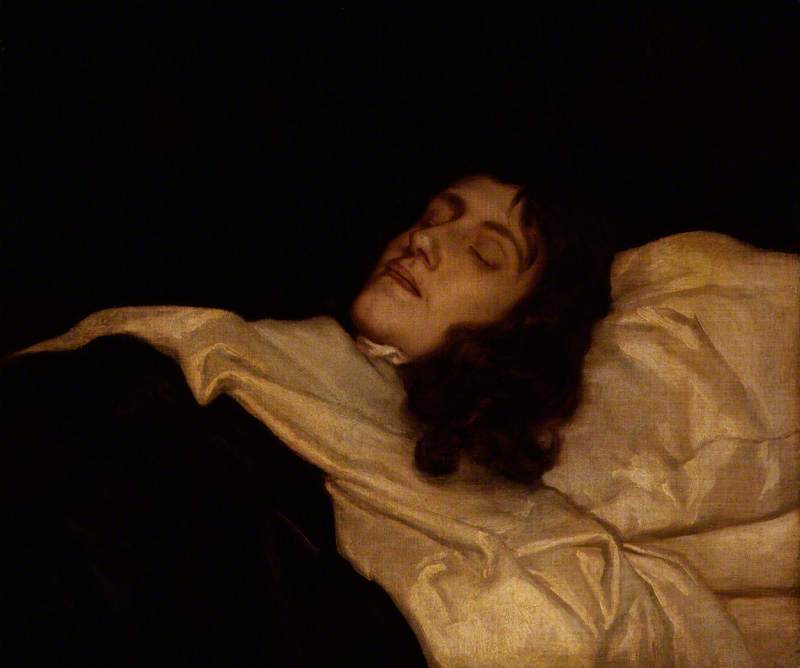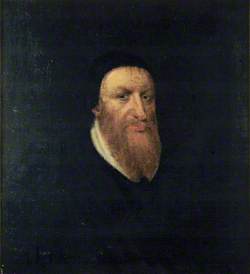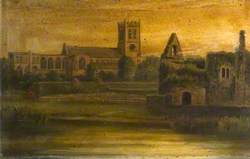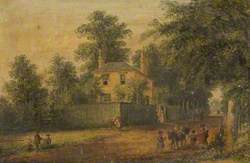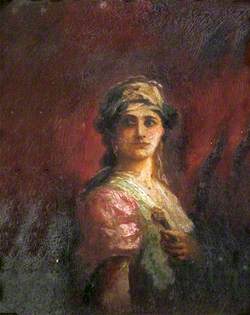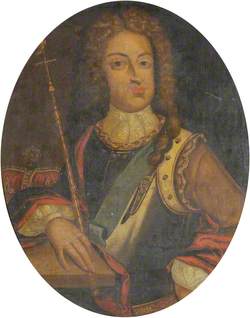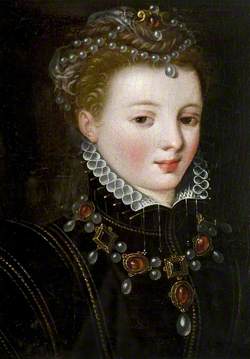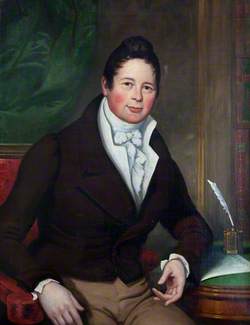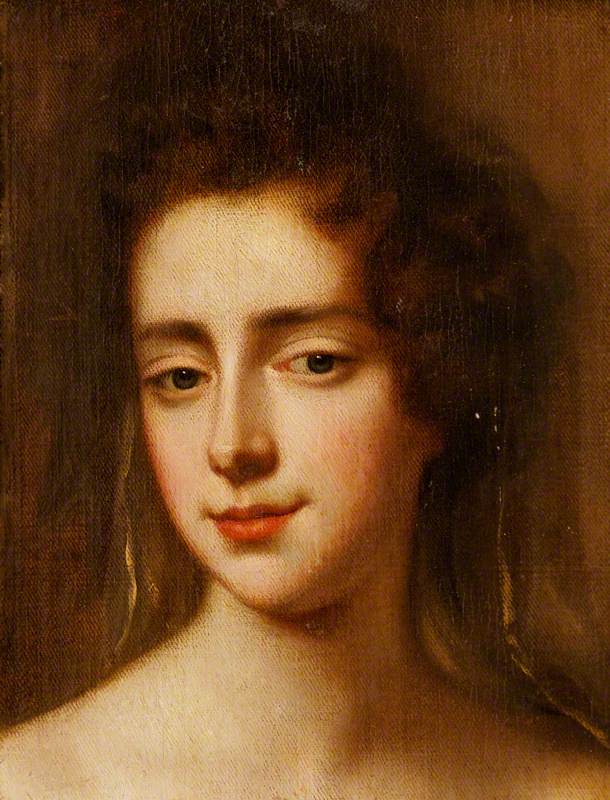How you can use this image
This image can be used for non-commercial research or private study purposes, and other UK exceptions to copyright permitted to users based in the United Kingdom under the Copyright, Designs and Patents Act 1988, as amended and revised. Any other type of use will need to be cleared with the rights holder(s).
Review the copyright credit lines that are located underneath the image, as these indicate who manages the copyright (©) within the artwork, and the photographic rights within the image.
The collection that owns the artwork may have more information on their own website about permitted uses and image licensing options.
Review our guidance pages which explain how you can reuse images, how to credit an image and how to find images in the public domain or with a Creative Commons licence available.
Notes
Add or edit a note on this artwork that only you can see. You can find notes again by going to the ‘Notes’ section of your account.
This unusual portrait of a man on his deathbed was thought to depict James Scott, Duke of Monmouth, the eldest illegitimate son of Charles II. He was beheaded for leading the Monmouth Rebellion in 1685. However, the length of the hair and style of this portrait suggest a date in the 1640s. Therefore this portrait cannot represent Monmouth. Deathbed portraiture had some popularity in the 1640s; it helped to secure the reputation of the deceased and provide a visual memory for the bereaved. The identity of the sitter is not known but one possibility is the nobleman Edward Sackville (c.1623–1646), brother of the 5th Earl of Dorset. Sackville was killed fighting for the Royalists in the civil war. His marriage to Bridget Wray may explain the Wray family's subsequent ownership of this portrait.
Title
Unknown man, formerly known as James Scott, Duke of Monmouth and Buccleuch
Date
c.1640s
Medium
oil on canvas
Measurements
H 56.5 x W 66.7 cm
Accession number
1566
Acquisition method
Purchased, 1910. On long-term loan to Montacute House, Somerset
Work type
Painting
